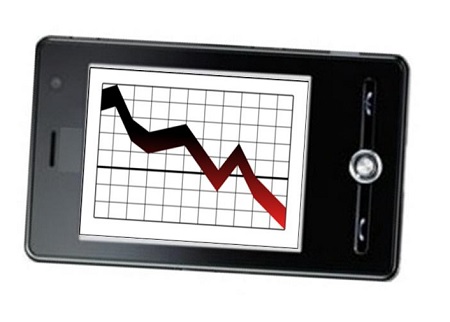Chinese smartphone manufacturer announces its first tablet called Mi Pad.
After many rumors about Xiaomi developing a tablet device, the popular manufacturer of smartphones has finally revealed the rumors are true and unveiled its first Android-powered tablet at a recent event held in Beijing.
The 7.9 inch Mi Pad looks similar in design to Apple’s iPad and is available in six colors.
Xiaomi’s Android tablet is Wifi-only. It is the first to be powered by the Nvidia 2.2 Ghz Tegra K1 processor and features a Sharp and Youda OGS retina screen with 2048 x 1536 resolution (comparable to Apple’s iPad mini). The device is also equipped with a 16GB ROM, 2GB RAM and a microSD storage slot that enables expansion of up to128GB.
In addition, the device has two cameras. The front camera is 5 megapixels and the one on the back is 8 megapixels. Stereo speakers, Bluetooth and a 6,700 mAh battery are also included. The device weighs approximately 0.80 pounds and its light plastic frame is a mere 8.5mm thick, not unlike the iPhone 5c frame.
Compared to the iPad the Mi Pad is considerably cheaper. The retail price for the 16 GB gadget will be 1,499 yuan (approximately $240) and the price of the 64 GB model will be 1699 yuan (about $273). Xiaomi has no yet confirmed when or where their tablet device will be released to the public, but plans for a beta version of the device is set for June.
“We hope to put pressure on Apple,” said Lei Jun, co-founder and CEO of Xiaomi, making the company’s intentions quiet clear.
Xiaomi’s tablet device could be a mobile gamer’s dream come true.
While it is quite obvious that certain features of Apple’s tablets have inspired Xiaomi in the development of its gadget, unlike the iPad, the Mi Pad features specific specs you will not find on an Apple mobile device, such as the powerful Nvidia processor, which Lei Jun claims will allow Mi Pad users to enjoy a PC-like gaming experience.
Furthermore, Xiaomi applied an entirely new design language to their MIUI firmware to display content on the tablet device. They also developed new animation effects and re-vamped the system in order to ensure that apps will show up perfectly, regardless of whether or not the tablet is vertical or horizontal.


